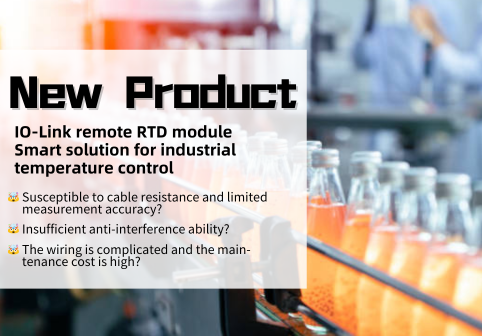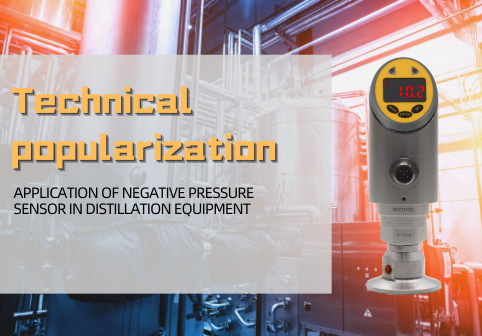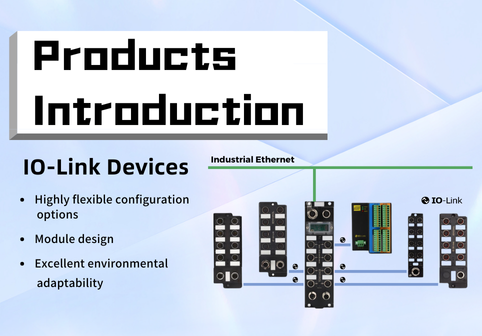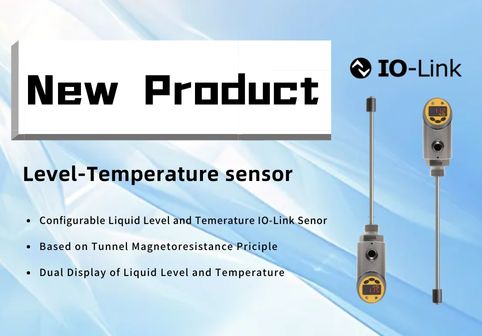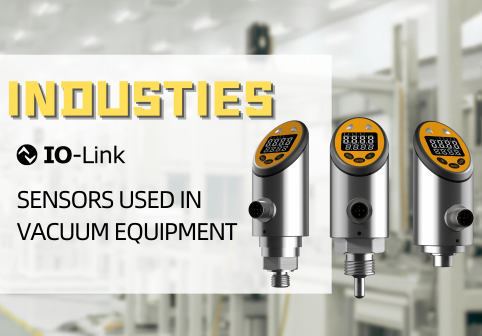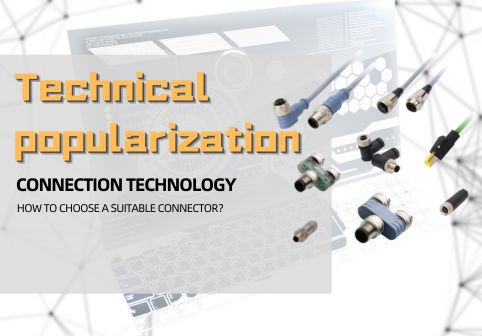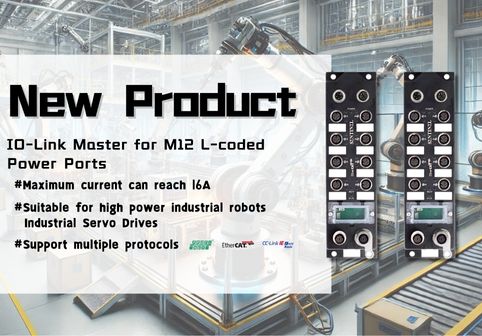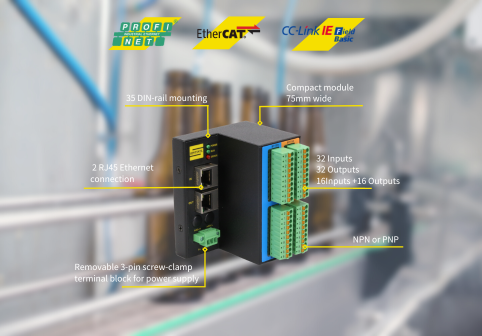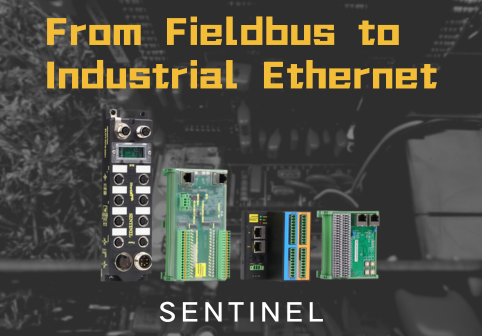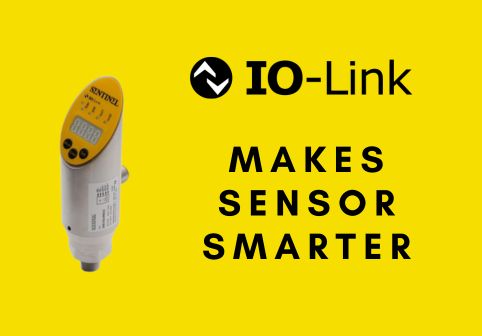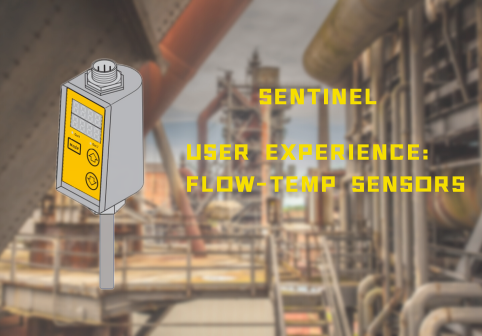Technical Document | Differences Between Digital Signals, Analog Signals, and IO-Link
Different types of signals determine what kind of information a control system can receive, thereby influencing how equipment responds, the efficiency of production, and the overall level of system intelligence. From the initial digital signals to the more refined analog signals, and now to IO-Link that integrates data acquisition, diagnostics, and communication, the evolution of signals is not just a technical upgrade but a necessary path toward intelligent transformation in manufacturing.
Digital Signal: The "Basic Language" of Automation

Digital signals are the simplest and most direct type of signals, with only two states: ON (1) or OFF (0). There are no intermediate values—signals are either transmitted or not. This binary logic is highly advantageous in industrial systems, particularly for basic functions like start-stop control, position detection, and status indication.
In industrial settings, devices such as buttons, limit switches, safety door sensors, and relay outputs all rely on this logic. Digital signals are characterized by fast response, simple control, and low cost, making them the starting point for all automation systems.
Analog Signal: Giving Signals "Temperature and Depth"

As the control demands of automated equipment become more complex, higher accuracy and finer sensitivity are required from signals. This is where analog signals come in. Unlike digital signals, analog signals vary within a continuous range, allowing them to express the real-time status of a process parameter precisely.
In industrial applications, analog signals are widely used for measuring key parameters such as temperature, pressure, flow, and liquid level. Their main advantage lies in the ability to capture subtle changes, making them ideal for process control, quality inspection, and energy consumption analysis.
IO-Link: The Smart Protocol that Lets Sensors "Speak"

IO-Link introduces the element of intelligence into signal systems. It is a smart communication protocol that supports two-way data transmission between devices. IO-Link not only transmits sensor measurements but also relays device status, diagnostics, and configuration parameters.
While traditional sensors are like "mute devices" that only output simple signals, IO-Link-enabled devices are like articulate assistants. They can say things like "The current pressure is 10 bar," or "I have been working for 100 hours," and can accept remote commands such as "Change output polarity to NPN." This two-way communication is foundational to making devices smarter.
To make it more relatable: IO-Link is like a smart mobile app that not only tells you whether your home light is on (digital signal), but also provides detailed data about its brightness, temperature, and lifespan (analog or diagnostic data), and even allows you to control the light remotely. Thus, IO-Link is not merely a signal—it delivers rich information.
This deep data collection and communication capability enables predictive maintenance, remote management, fault alerts, and even future AI diagnostics in industrial settings.
Practical Value in Smart Manufacturing Scenarios
In today’s smart factories, the choice and use of signal types directly affect the coordination between devices and the system’s intelligence level.
For example, on an automated assembly line: digital signals control the conveyor’s start and stop, analog signals provide real-time feedback on speed, and IO-Link uploads all critical equipment data to the upper-level system for centralized monitoring and maintenance decisions. This signal synergy improves production stability and significantly reduces manual intervention and maintenance costs.
Moreover, IO-Link’s parameter storage feature allows sensors to be quickly replaced or reconfigured without rewiring or manual re-setting, enhancing maintenance flexibility and production line adaptability. This is especially critical for multi-variety, small-batch flexible manufacturing.
Conclusion
From simple digital signals to continuous analog signals, and now to smart and connected IO-Link protocols, the development of industrial signals reflects the progression of automation towards intelligence. Each type has its own scenarios and advantages. A wise combination and deployment can significantly improve the control precision, response speed, and operational efficiency of industrial systems.
Looking ahead, with the continuous integration of Industrial IoT, edge computing, and AI algorithms, IO-Link will become not just a key channel for data collection, but also a core enabler for device connectivity, condition prediction, and remote operation. It breaks the boundaries of traditional signals, empowering sensors with the ability to "sense–express–respond," and helps enterprises transition into a new era of smarter, more efficient, and adaptive manufacturing.
Customer Support & Services
For more information about SENTINEL products, please contact our sales team or call us at +86 22-83726972. You can also visit our official website at www.sentinel-china.com, where you will find comprehensive product information, selection guides, CAD and Eplan files, configuration files, and tutorials to help you easily access everything you need.
We have a professional technical team ready to offer customized support and efficient after-sales service, ensuring the best interests of every customer.



